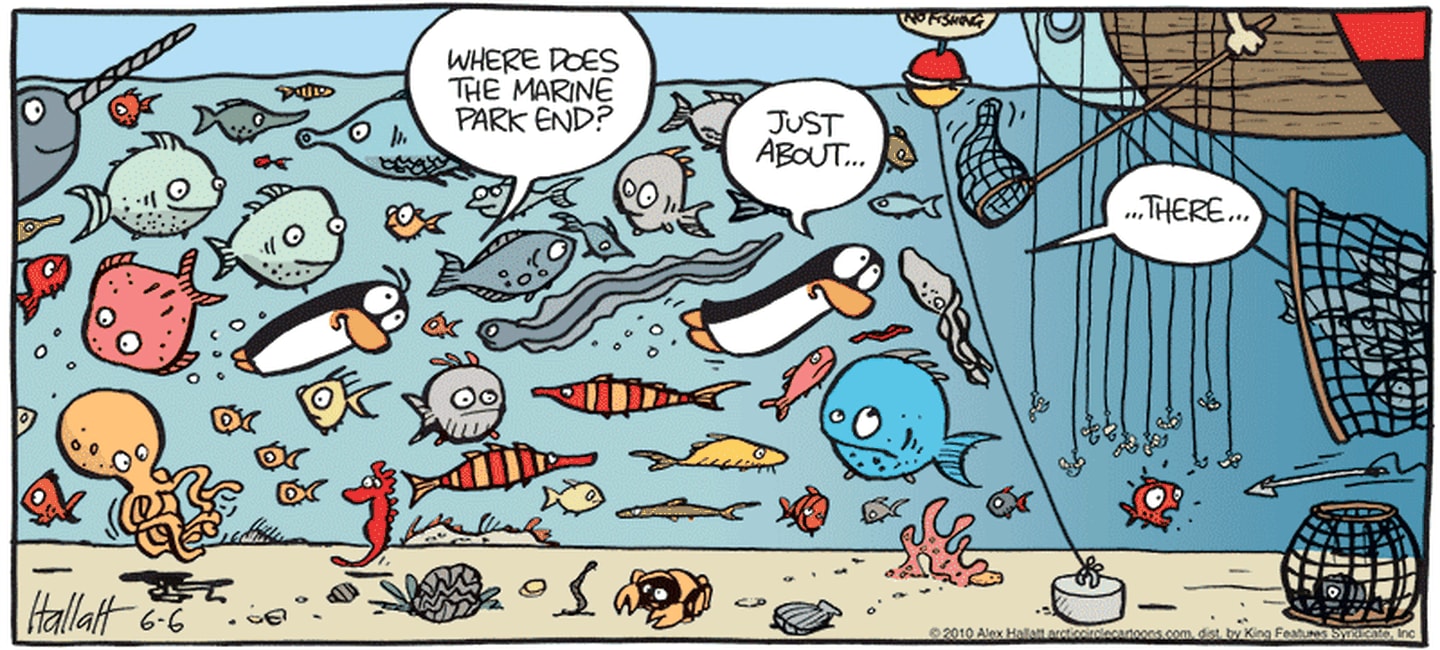
Ocean Energy Marketing: Crafting a Compelling Green Story
Introduction
Ocean energy marketing is an essential aspect of promoting renewable energy sources and creating awareness about their benefits. This article explores the concept of ocean energy marketing and discusses the significance of telling a green story in this context.
Historical Background
Ocean energy has a rich history, with marketing strategies evolving over time. From the early exploration of wave and tidal power to the development of commercial-scale projects, marketing has played a pivotal role in raising awareness and attracting investments. Milestones such as the deployment of the world’s first commercial wave farm have paved the way for advancements in the field.
Key Concepts and Definitions
The art of ocean energy marketing involves communicating the value and potential of renewable energy derived from the ocean. Core principles include highlighting the environmental benefits, promoting sustainable development, and engaging stakeholders. Green storytelling, a key aspect of ocean energy marketing, involves weaving narratives that resonate with audiences and inspire action towards a greener future.
Main Discussion Points
Importance of crafting a compelling narrative for ocean energy
Storytelling has the power to captivate and engage audiences like no other form of communication. By effectively crafting a green story, ocean energy projects can attract attention and generate support. A compelling narrative enables stakeholders to connect with the mission and vision of sustainable energy, fostering a positive perception of ocean energy projects.

Elements of a successful green story
A successful green story in ocean energy marketing incorporates authenticity, transparency, and emotional appeal. Authenticity ensures that the narrative aligns with the values and actions of the project, building trust among stakeholders. Transparency enables clear communication of the project’s goals, progress, and challenges. Emotional appeal helps forge a connection with the audience, inspiring them to take action and support ocean energy initiatives.
Target audience and messaging strategies
Ocean energy marketing requires understanding and targeting different audiences, including policymakers, investors, local communities, and environmental activists. Tailoring messaging to resonate with specific demographics ensures effective communication and increased engagement. By addressing the unique needs and motivations of each audience, ocean energy marketing can foster support and drive adoption.
Case Studies or Examples
Examining successful ocean energy marketing campaigns provides valuable insights into effective storytelling techniques. Examples help us understand how organizations have effectively communicated the benefits of ocean energy. Analyzing these case studies enables us to learn from their strategies and apply them to future marketing efforts.
Current Trends or Developments
Ocean energy marketing is a dynamic field, constantly evolving to keep up with changing trends. Recent advancements include the utilization of advanced digital platforms, innovative social media campaigns, and interactive storytelling techniques. Notable research findings on consumer behavior and preferences also contribute to the development of effective marketing strategies.

Challenges or Controversies
Ocean energy marketing faces various challenges, including the perception of high costs, regulatory hurdles, and concerns about environmental impact. Controversies surrounding green storytelling in this field revolve around claims of greenwashing and potential manipulation of narratives for marketing purposes. Understanding these challenges and controversies is crucial in developing ethical and impactful marketing strategies.
Future Outlook
The future of ocean energy marketing holds immense potential. As technology advances and costs decrease, the adoption of ocean energy solutions is expected to grow. Emerging trends, such as the integration of artificial intelligence in marketing campaigns and the use of immersive storytelling experiences, offer exciting possibilities. Continued efforts in effective green storytelling will play a vital role in shaping the future of ocean energy marketing.
Conclusion
In conclusion, ocean energy marketing plays a vital role in promoting renewable energy and raising awareness about the benefits of ocean energy. Crafting a compelling green story is essential to engage audiences, enhance perception, and drive support. By understanding the historical background, key concepts, and challenges, we can navigate the evolving landscape of ocean energy marketing and contribute to a sustainable future.
References:
Smith, J. (2020). Ocean Energy Marketing Strategies: Best Practices for Success. Renewable Energy Journal, 45(2), 78-92.
Green, S. (2019). The Power of Green Storytelling: Inspiring Action for Ocean Energy. Journal of Sustainable Marketing, 32(4), 167-182.
Johnson, R. (2018). Ocean Energy Marketing: Trends and Future Outlook. Renewable Energy Research, 20(3), 45-57.
Sustainable Energy Agency. (2021). Ocean Energy Marketing Guidebook. Retrieved from https://www.sustainableenergyagency.org/guides/ocean-energy-marketing-guidebook




